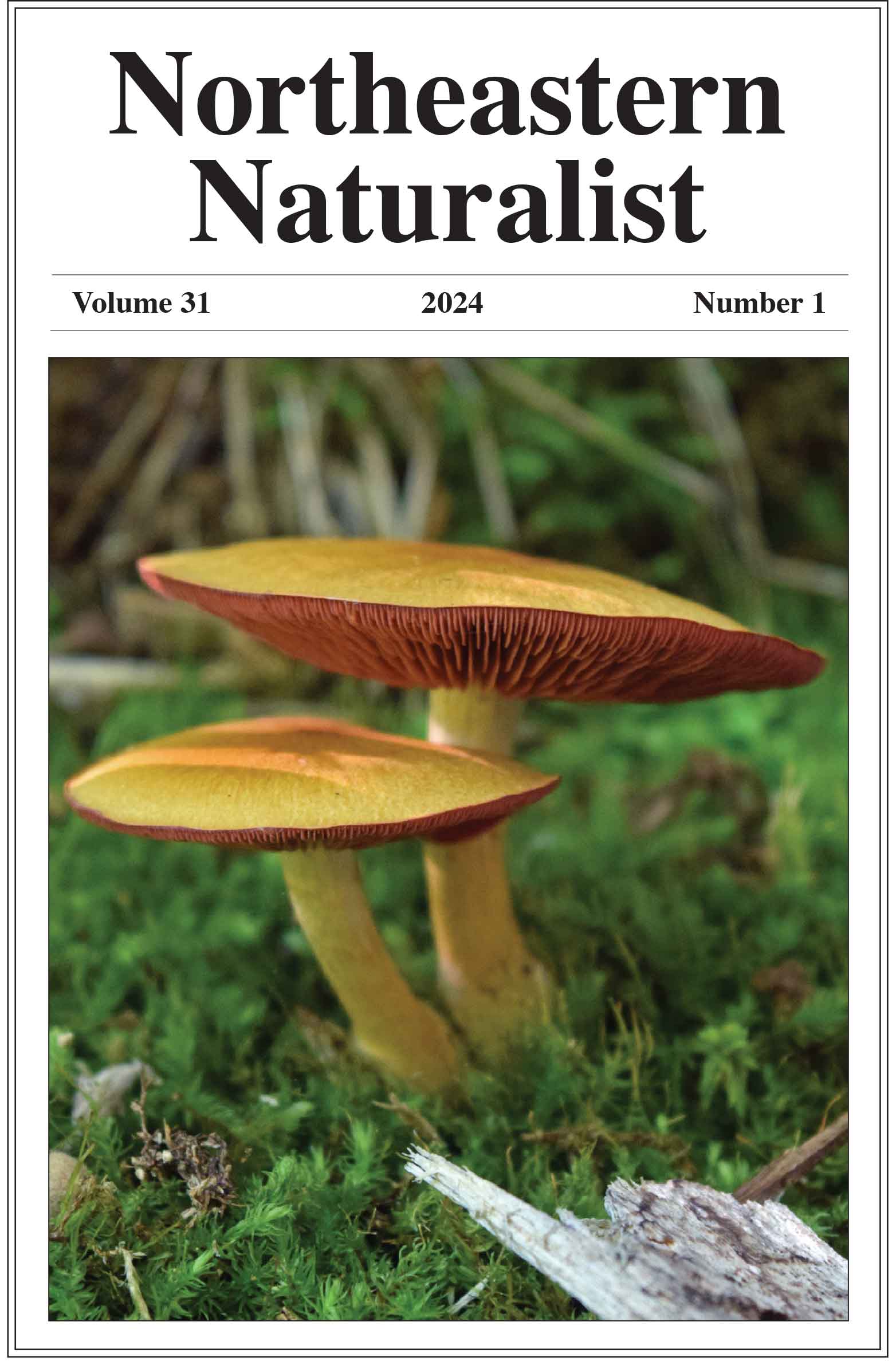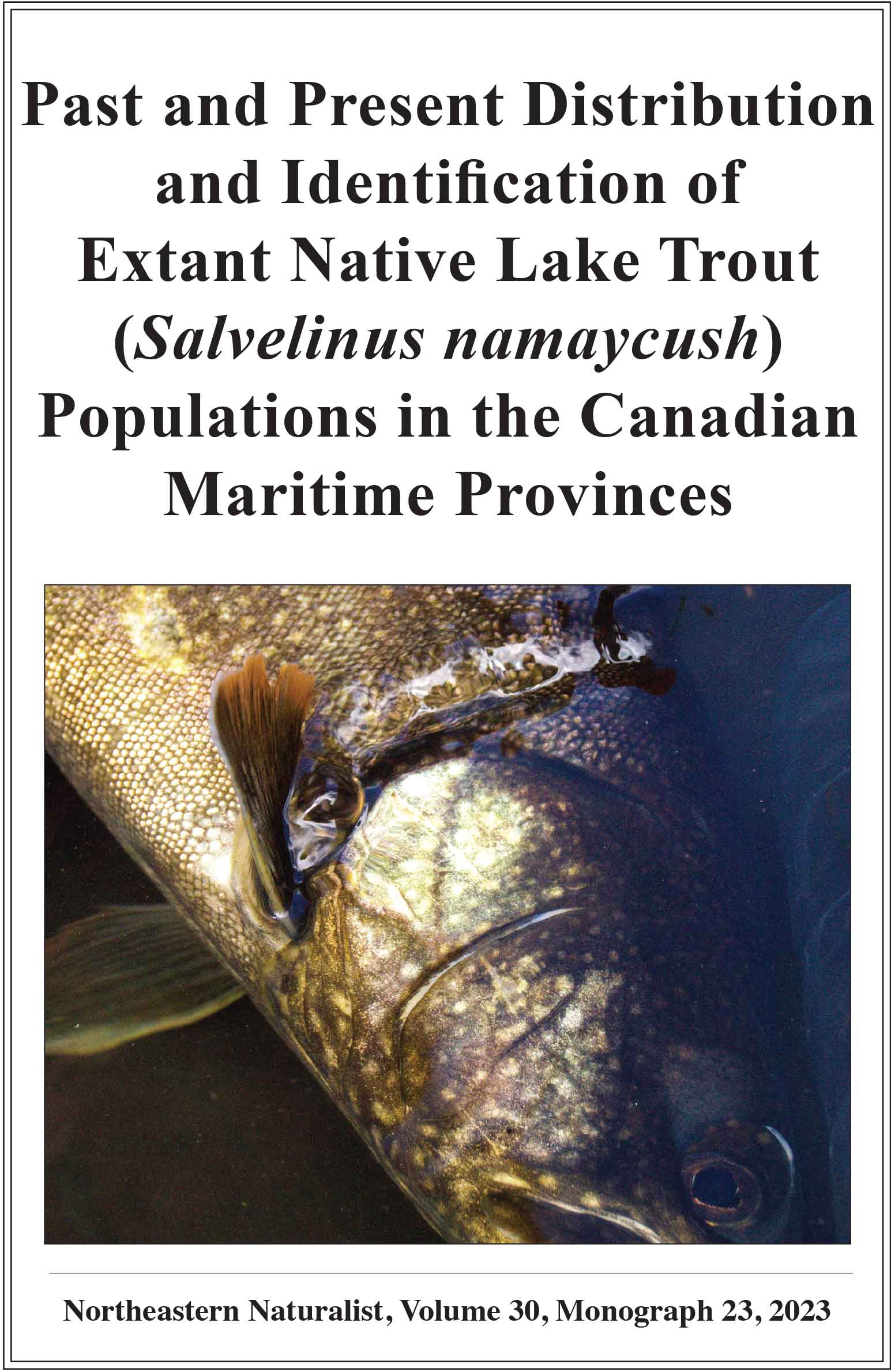Shallow Corms of Erythronium americanum (Trout Lily) Die from Herbivory in the Summer and Freezing in the Winter
Jack T. Tessier*
*SUNY Delhi, 454 Delhi Drive, Delhi, NY 13753.
Northeastern Naturalist, Volume 27, Issue 2 (2020): 318–329
Abstract
Erythronium americanum (Trout Lily) is an abundant spring geophyte in the northeastern United States and eastern Canada. Its shallow corms experience a higher mortality rate than do its deep corms. Through experimental and descriptive means, this study assessed how ecological factors affect corm survival. In summer, neither drought nor wet experimental conditions increased mortality, but shallow corms faced more root competition and herbivory than deep corms. Simulated herbivory caused increased corm death. In the winter, snow removal decreased soil temperature but did not affect soil moisture. Experimental freezing and drought during the winter raised corm mortality. Collectively, shallow corms are at risk of mortality from herbivory in the summer and lowered soil temperature with reduced snowpack in the winter.
![]() Download Full-text pdf (Accessible only to subscribers. To subscribe click here.)
Download Full-text pdf (Accessible only to subscribers. To subscribe click here.)
Access Journal Content
Open access browsing of table of contents and abstract pages. Full text pdfs available for download for subscribers.
Issue-in-Progress: Vol. 31 (2) ... early view
Check out NENA's latest Monograph:












 The Northeastern Naturalist is a peer-reviewed journal that covers all aspects of natural history within northeastern North America. We welcome research articles, summary review papers, and observational notes.
The Northeastern Naturalist is a peer-reviewed journal that covers all aspects of natural history within northeastern North America. We welcome research articles, summary review papers, and observational notes.